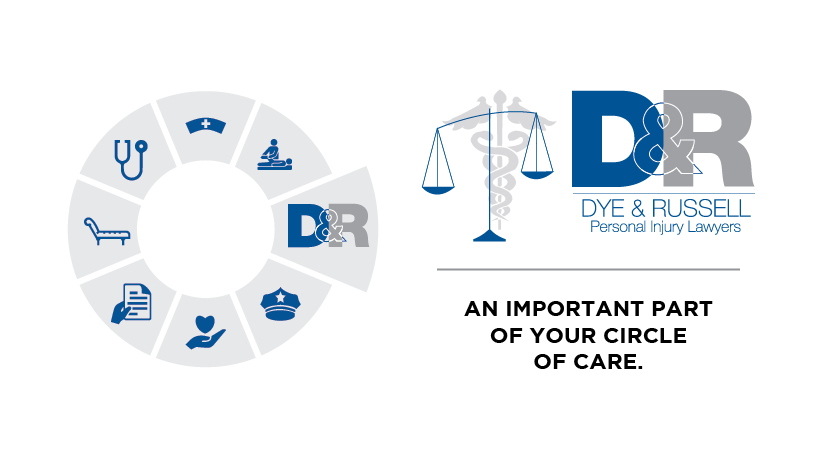Whether you’re a dog lover, owner or just have dogs in your life they can bring lots of joy and companionship. But sometimes dogs can bite or launch a full-blown attack. However, before it gets to that there are things you can do to prevent dog bites and dog attacks from happening. Here are some key points from Best Friends Animal Society on safety when it comes to canines:
Build on their social skills
Dogs are very social animals and require a lot of attention. Socialize your dog by integrating them into regular activities both inside and outside your home as early as possible. Your aim should be to give your dog a series of positive social experiences to progressively build on their social skills. However, while introducing your dog to new situations, places, people and animals it’s important to exercise caution. Think about where your dog is at in their socialization progress to avoid overwhelming them or putting them in a negative social situation that could end badly.
Take the right approach to training
Training your dog with a certified professional is a great way for your dog to learn suitable behaviour in an effective way. Using positive reinforcement is a great way to encourage positive behaviour over negative behaviour in your dog while building the bond between you and your dog. Using physical punishment or rough play are things that you should avoid with your dog.
Give them lots of exercise
Whether it’s fetch, frequent walks or hiking trips, giving your dog lots of exercise is vitally important. Interaction with your pet with play strengthens the bond between you and the exercise will burn off their energy.
Avoid tying them up and letting them roam independently
Putting your dog in situations where they can potentially feel vulnerable can make them more likely to bite. When your dog’s ability to run away from potential danger is inhibited it can leave them feeling vulnerable, and when potential danger approaches (like another animal or person) they can feel forced to attack. Also, when you let your dog roam on their own it can leave them feeling vulnerable and lead to aggression if they feel confused or scared.
Pay close attention to their behaviour
Take note of your dog’s behaviour and tendencies. If you notice behavioural changes they could be a sign of an underlying medical issue. Take them to the vet to make sure everything is alright.
If you have been injured, and need legal assistance, call #1000 on your cell phone for free. We will offer you a free claim assessment.










